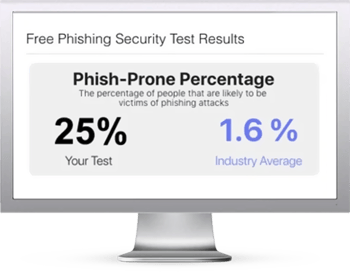 In recent years, the world of cybersecurity has witnessed a concerning trend: a significant increase in phishing attacks.
In recent years, the world of cybersecurity has witnessed a concerning trend: a significant increase in phishing attacks.
A new study reveals that these attacks have surged by nearly 40% in the year ending August, 2024. What's particularly alarming is the role played by new generic top-level domains (gTLDs) in this spike.
While gTLDs like .shop, .top, and .xyz make up only 11% of new domain registrations, they account for a staggering 37% of reported cybercrime domains. This disproportionate representation raises serious questions about the security measures in place for these new domain extensions.
So, why are cybercriminals flocking to these new gTLDs? The answer lies in their accessibility and affordability. Many of these domain registrars offer rock-bottom prices, with some domains available for less than $1. Coupled with minimal registration requirements and little to no identity verification, these gTLDs have become a haven for scammers and phishers.
Contrast this with traditional domain extensions like .com and .net. While they represent about half of all registered domains, they account for only 40% of cybercrime domains. The difference is stark and highlights the need for stricter regulations in the domain registration process.
Despite these alarming statistics, the Internet Corporation for Assigned Names and Numbers (ICANN), the nonprofit overseeing the domain name industry, is considering introducing even more gTLDs. This move has been met with criticism from cybersecurity experts who argue that without stricter registration policies, this could further expand opportunities for cybercriminals.
Another concerning trend is the rise of phishing attacks using subdomains from popular services like blogspot.com and weebly.com. These attacks are particularly challenging to mitigate as only the subdomain provider can take action against malicious accounts.
As we move forward, it's clear that the domain name industry needs to strike a balance between innovation and security. While new gTLDs offer exciting possibilities for businesses and individuals, they shouldn't come at the cost of cybersecurity. Stricter registration policies, better identity verification, and increased cooperation between domain registrars and cybersecurity organizations are crucial steps in combating this growing threat.
We must continue to be cautious when interacting with unfamiliar domain extensions and always verify the legitimacy of websites before sharing sensitive information.
KnowBe4 empowers your workforce to make smarter security decisions every day. Over 70,000 organizations worldwide trust the KnowBe4 platform to strengthen their security culture and reduce human risk.
Krebs on Security has the full story.
 Here's how it works:
Here's how it works:




